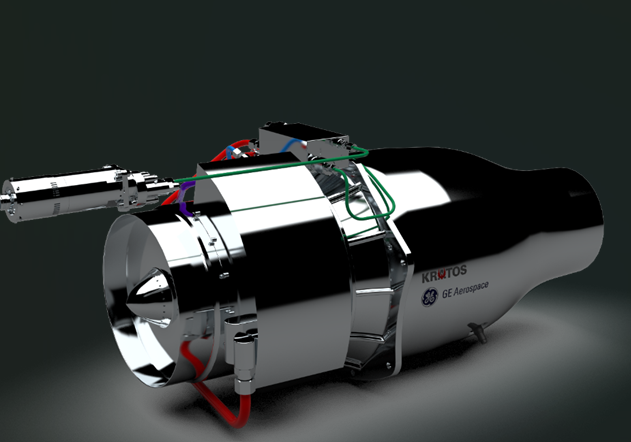Defense Daily
-
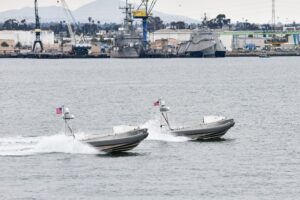 Navy/USMC
Navy/USMCBlackSea Technologies Contributes GARC USV And Support Ship To Operation Southern Spear
BlackSea Technologies on Wednesday revealed it is participating in the robotic-heavy Operation Southern Spear under U.S. Naval Forces Southern Command/4th Fleet in the Caribbean Sea. The company said it is […]
Tagged in: -
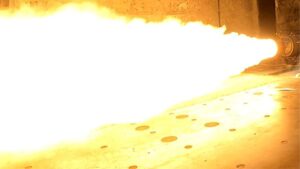 Air Force
Air ForceGE Plans Summer Full-Scale Test of DMRJ in Evendale
By the end of the summer, GE Aerospace [GE] plans to conduct a full-scale test in Evendale, Ohio of the company’s dual-mode ramjet (DMRJ) hypersonic engine with rotating detonation combustion (RDC) […]
-
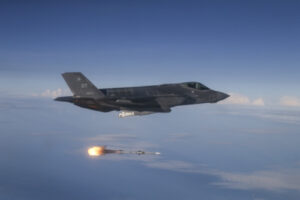 Navy/USMC
Navy/USMCNew $1.1 Billion AIM-9X Sidewinder Award Largest In Program, Will Boost Annual Production To 2,500 Missiles, RTX Says
The Navy on June 2 awarded RTX [RTX] a $1.1 billion modification award exercising options to production and delivery of many more AIM-9X Block II Sidewinder Air-To-Air Missiles in Lot […]
-
 Advanced / Transformational Technology
Advanced / Transformational TechnologyIn-Space Mobility Startup Impulse Space Garners $300 Million In New Funding Round
Impulse Space this week said its raised $300 million in a Series C funding round to scale production and add talent to meet demand for its in-space mobility vehicles. The […]
-
Homeland Security
Coast Guard’s Commercial Icebreaker Begins Maiden Voyage
The Coast Guard’s newly acquired commercial icebreaker departed the shipyard June 3 on its maiden voyage, the service said on Wednesday. The Coast Guard Cutter Storis (WAGB 21) was acquired […]
Tagged in: -
Wednesday, June 4, 2025
- GE, Kratos Expand Work On Low-Cost, Small Engines With GEK1500 Aimed At CCAs
- Ukrainian ‘Spider Web’ Points to Budget Decisions Ahead for USAF on Drone Use, Hardening Bases for Bombers
- GE: Fate Of T901 Engine Depends On FY ‘26 Budget, Proposing Plans To Speed Up Program
- Ex-Boeing Exec Nordlund To Lead Oshkosh’s Defense Business
- Lockheed Martin Unveils All Comers ‘Fight Club’ To Test Out AI Models In Virtual Arena
- SecNav Sees Lessons From Japanese and Korean Yards, Looking Into More Allied Naval Work and U.S. Yards
- SecNav: DOGE Cuts Spur Navy To Save $500 Million
- Jacobs Wins $4 Billion Space Force Award To Modernize Launch Range Operations
- Space Force Awards BAE Systems $1.2 Billion For Epoch 2 Missile Warning And Tracking Satellites
-
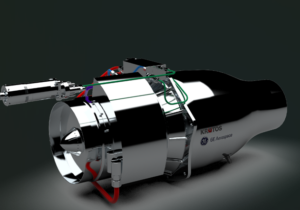 Advanced / Transformational Technology
Advanced / Transformational TechnologyGE, Kratos Expand Work On Low-Cost, Small Engines With GEK1500 Aimed At CCAs
EVENDALE, Ohio—GE Aerospace [GE] is expanding its work with Kratos Defense & Security Solutions [KTOS] on low-cost, small turbofan engines, announcing plans to develop a new 1,500-pound thrust capability aimed […]
Tagged in: -
 Air Force
Air ForceUkrainian ‘Spider Web’ Points to Budget Decisions Ahead for USAF on Drone Use, Hardening Bases for Bombers
More than 100 small quadcopter kamikaze drones hidden in trucks took off on cue on Sunday to destroy dozens of Russian Tupolev strategic bombers inside Russia. Ukraine’s Pavutina–“Spider Web”–operation points […]
-
 Army
ArmyGE: Fate Of T901 Engine Depends On FY ‘26 Budget, Proposing Plans To Speed Up Program
EVENDALE, Ohio—GE Aerospace [GE] has said the fate of the new T901 helicopter engine developed for the Army is likely dependent on how fiscal year 2026 funding shapes out, while […]
-
 Navy/USMC
Navy/USMCSecNav Sees Lessons From Japanese and Korean Yards, Looking Into More Allied Naval Work and U.S. Yards
The Secretary of the Navy this week noted some specific benefits Japanese and South Korean shipyards have that Americans can learn from, while hinting foreign allied shipyards could perform more […]
Tagged in:

